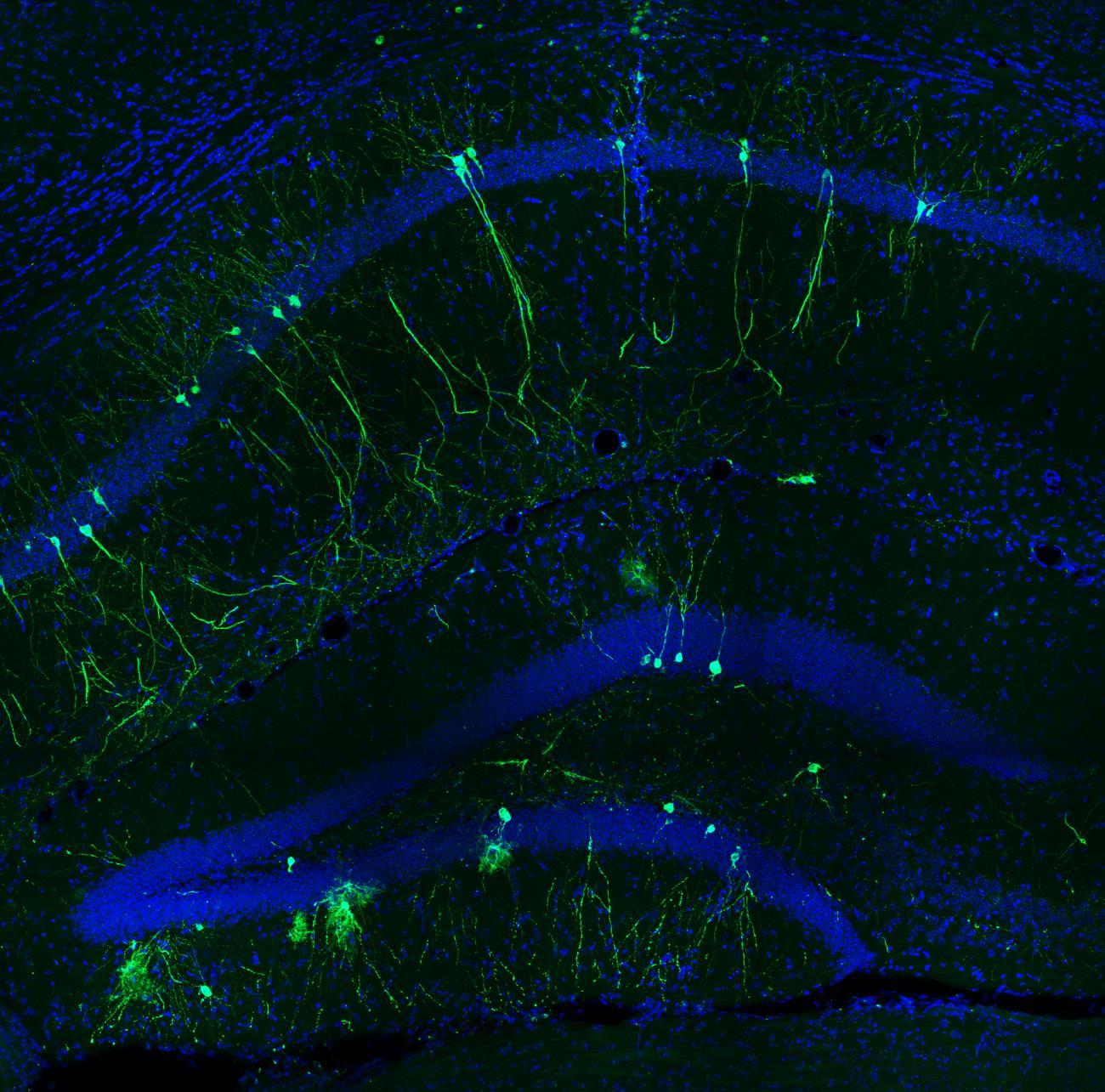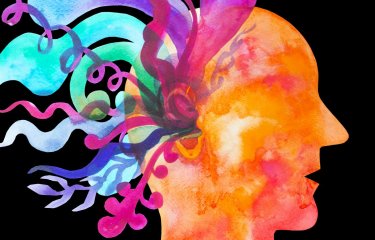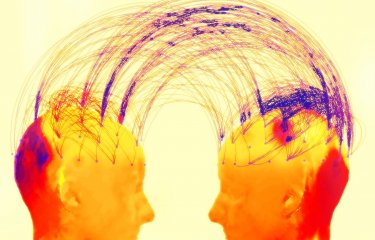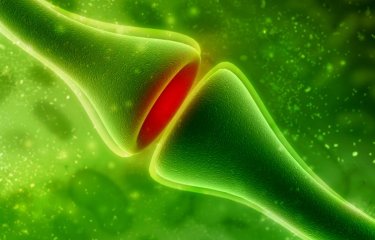How do we form and use distinct memories of resembling events? Scientists at the Institut Pasteur (Paris) have combined imaging and behavioral recording techniques to measure the activity of neurons in the hippocampus of mice. According to their observations, the input region of the hippocampus detects small changes between familiar and novel environments, while the output region then weights this information to guide behavioral decisions. This finding illustrates how the brain keeps the delicate balance between creating new memories and recalling existing ones.
Storing and recalling distinct memories are essential brain functions that play key roles in guiding our day-to-day behavior. For example, our bedroom may change its appearance when our bed has been moved. Although the brain has to detect this small change so that we do not bump our toes, our bedroom still needs to be remembered as the same room that we know. In turn, another bedroom may be very similar to ours but needs to be stored in the brain as a new separate memory. “A brain structure called the hippocampus is thought to be in charge of this task”, explains Christoph Schmidt-Hieber, Head of Neural Circuits for Spatial Navigation and Memory Lab (Laboratory Junior Group, also known as G5) at the Institut Pasteur (Paris). “However, it is still unclear how and where in the hippocampus distinct memories of similar objects or events are formed, and surprisingly little is known about how these memory representations are then used to guide our behavior.”
Relating behavioral performance to the activity of neurons in the hippocampus
Addressing these fundamental questions requires measuring the activity of populations of brain cells – neurons – in behaving animals. Manuela Allegra, first author of the study, has combined novel imaging and behavioral techniques to accomplish this challenge. She explains: “We use 2-photon imaging, a microscopy technique that allows us to observe the activity of individual identified neurons deep in the brain while mice navigate in a virtual reality environment.” The mice are trained to detect small differences in the virtual environment, such as a change in the angle of the stripes that cover the walls, by stopping at distinct points along the virtual track to receive a sugar water reward. “These experiments enable us to relate behavioral performance to the activity of neurons in different subregions of the hippocampus. We find that neurons in the entry station of the hippocampus, the dentate gyrus, reliably detect small and large differences between two environments.” By contrast, neuronal activity in the output region, called CA1, reflects the performance in the task and depends on the degree of differences between environments.
These findings suggest that the dentate gyrus attaches “tags” to different environments depending on external and internal variables, and the downstream circuit CA1 uses this information to form a new memory if the saliency of the new environment is sufficiently large. The resulting distinct memories can then be used to guide behavior.

The role of the hippocampus in the formation of distinct memories
By linking the behavioural performance of the animal with neuronal responses in the hippocampal input and output structures, this work offers novel insight into the fundamental processes underlying memory formation. “It thus reconciles a long debate by explaining why previous studies have led to controversial results about the role of hippocampal regions in memory formation”, Christoph Schmidt-Hieber concludes.
This work was supported by grants from the ERC (StG 678790 NEWRON to C.S.-H. and MSCA 800027 FindMEMO to M.A.), the Pasteur Weizmann Council, the École Doctorale Cerveau-Cognition-Comportement (ED3C, ED n°158, contrat doctoral n°2802/2017 to R.G.-O.), and a Pasteur-Roux fellowship to M.A..
Source
Differential relation between neuronal and behavioral discrimination during hippocampal memory encoding, Neuron, 16 octobre 2020
Manuela Allegra1, Lorenzo Posani1,*, Ruy Gómez-Ocádiz1,2, Christoph Schmidt-Hieber1,**
1 Department of Neuroscience, Institut Pasteur, 25 Rue du Dr Roux, 75015 Paris, France
2 Sorbonne Université, Collège Doctoral, 75005 Paris, France
* Current address: Center for Theoretical Neuroscience, Mortimer B. Zuckerman Mind Brain
Behavior Institute, Columbia University, New York, NY, USA
This study is part of the priority scientific area Brain connectivity and neurodegenerative diseases of the Institut Pasteur's strategic plan for 2019-2023.






